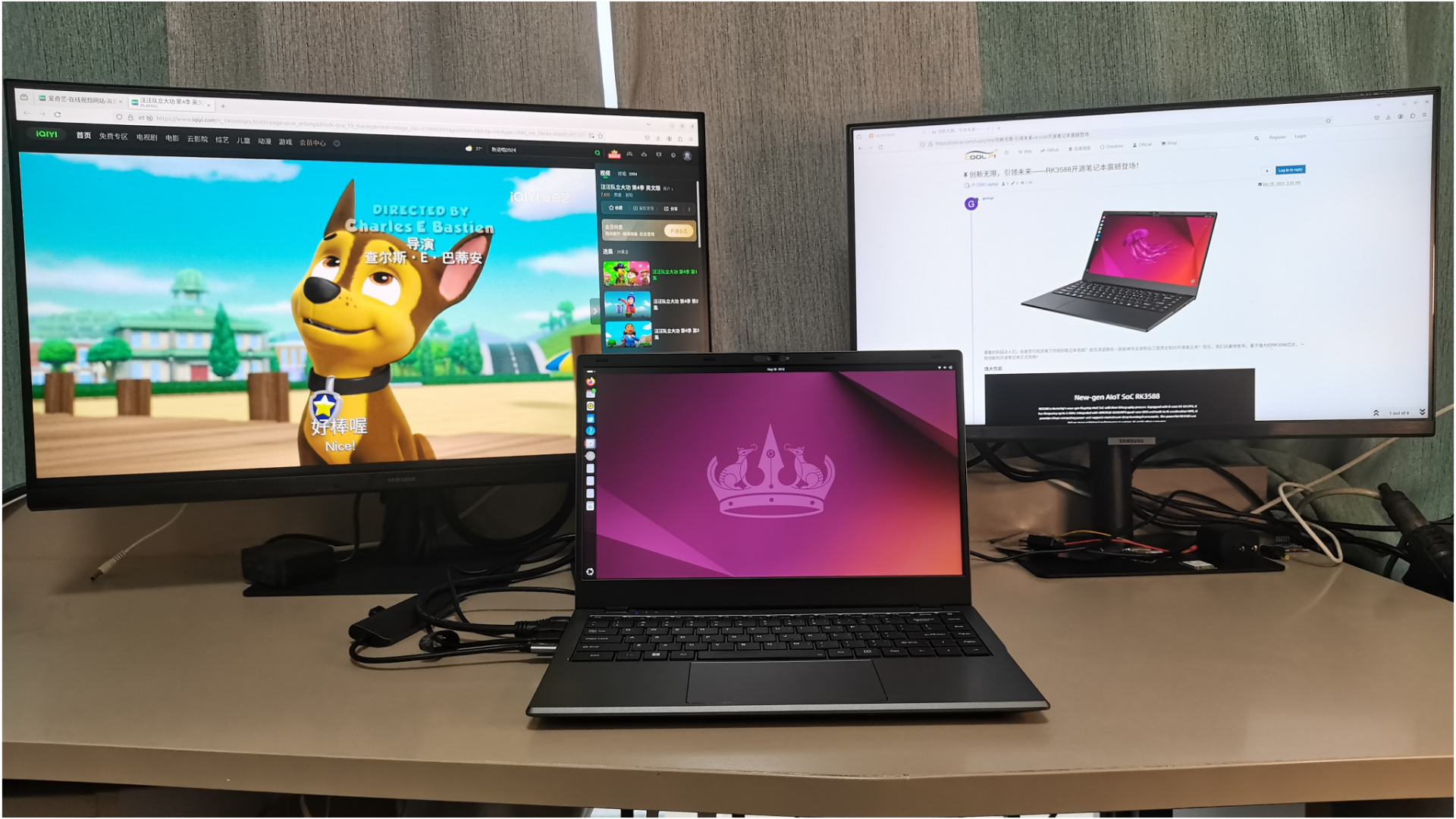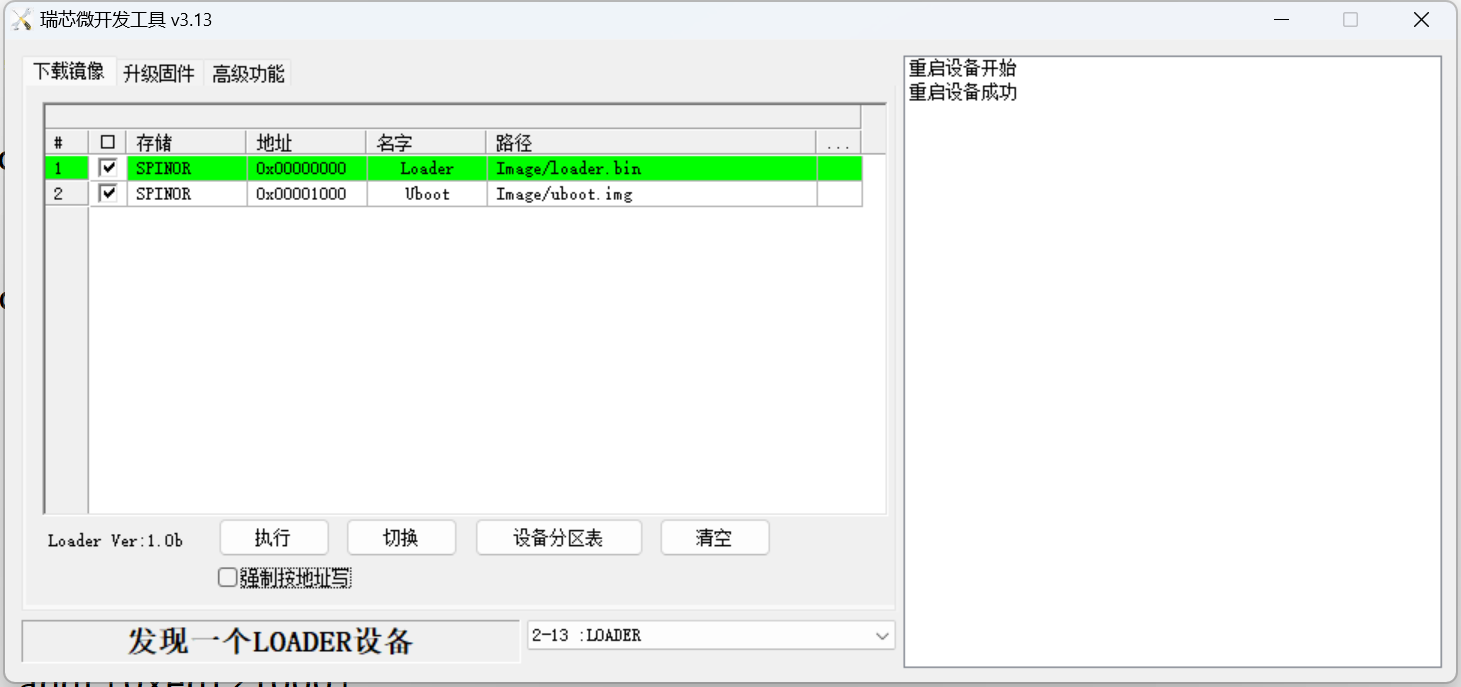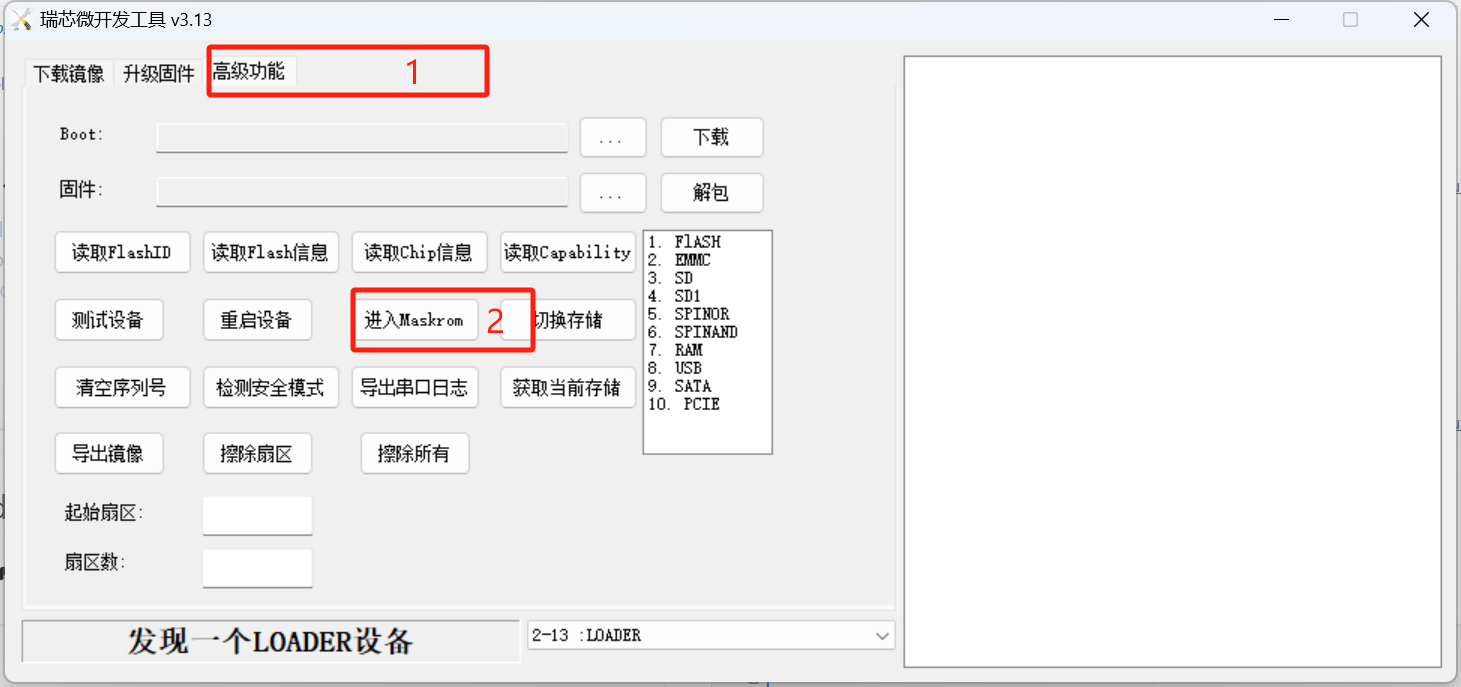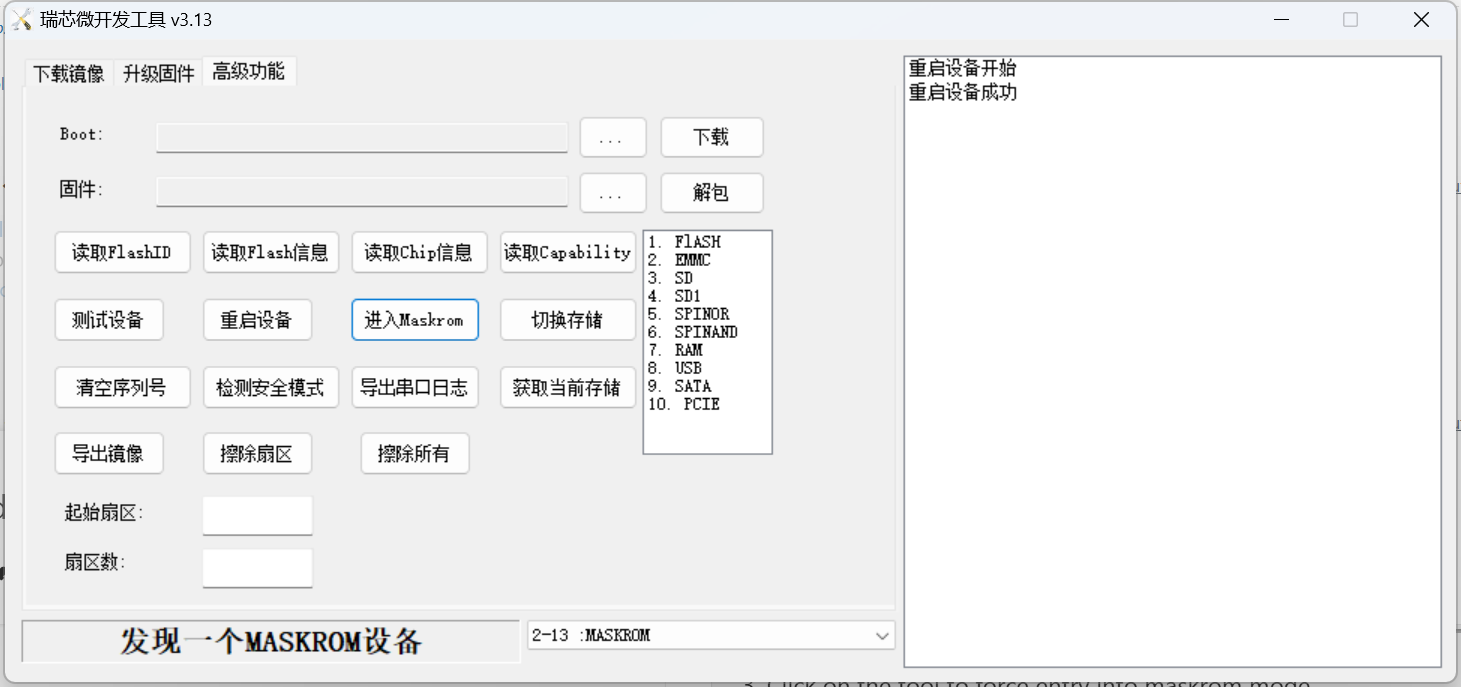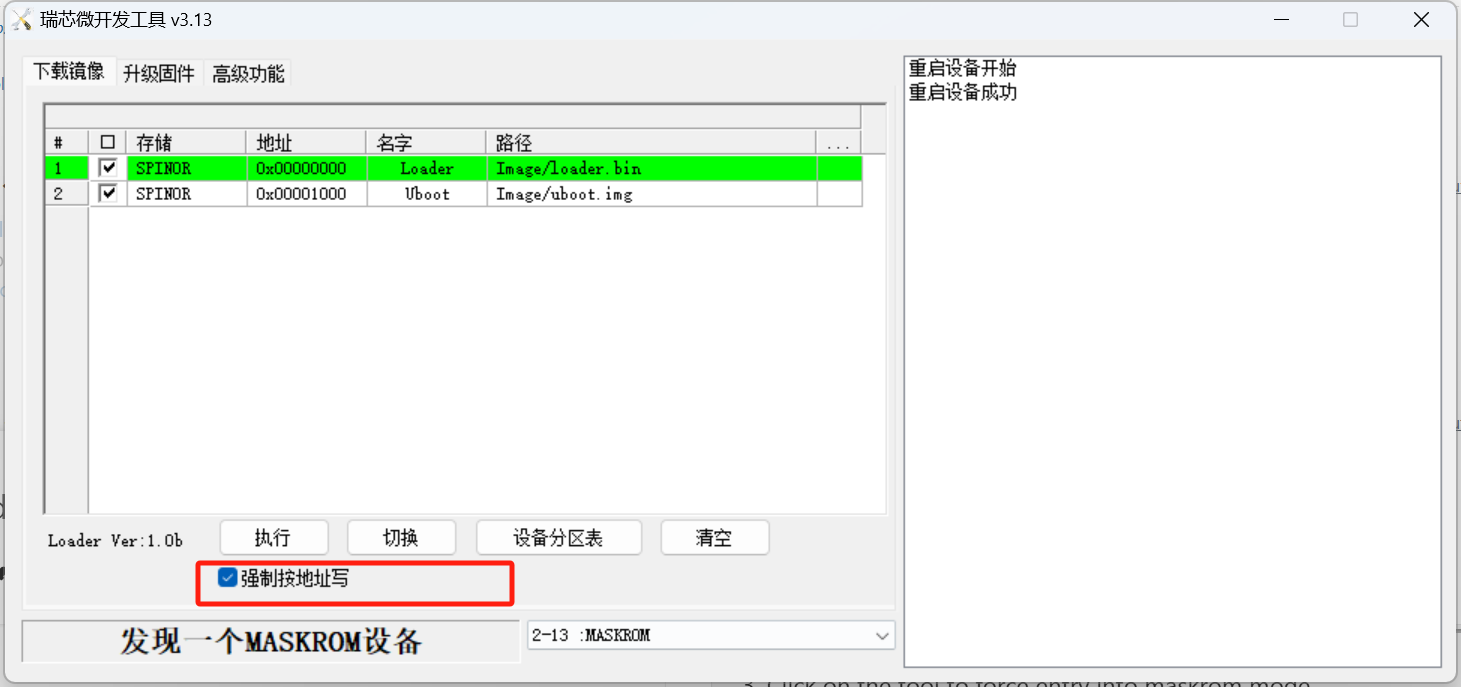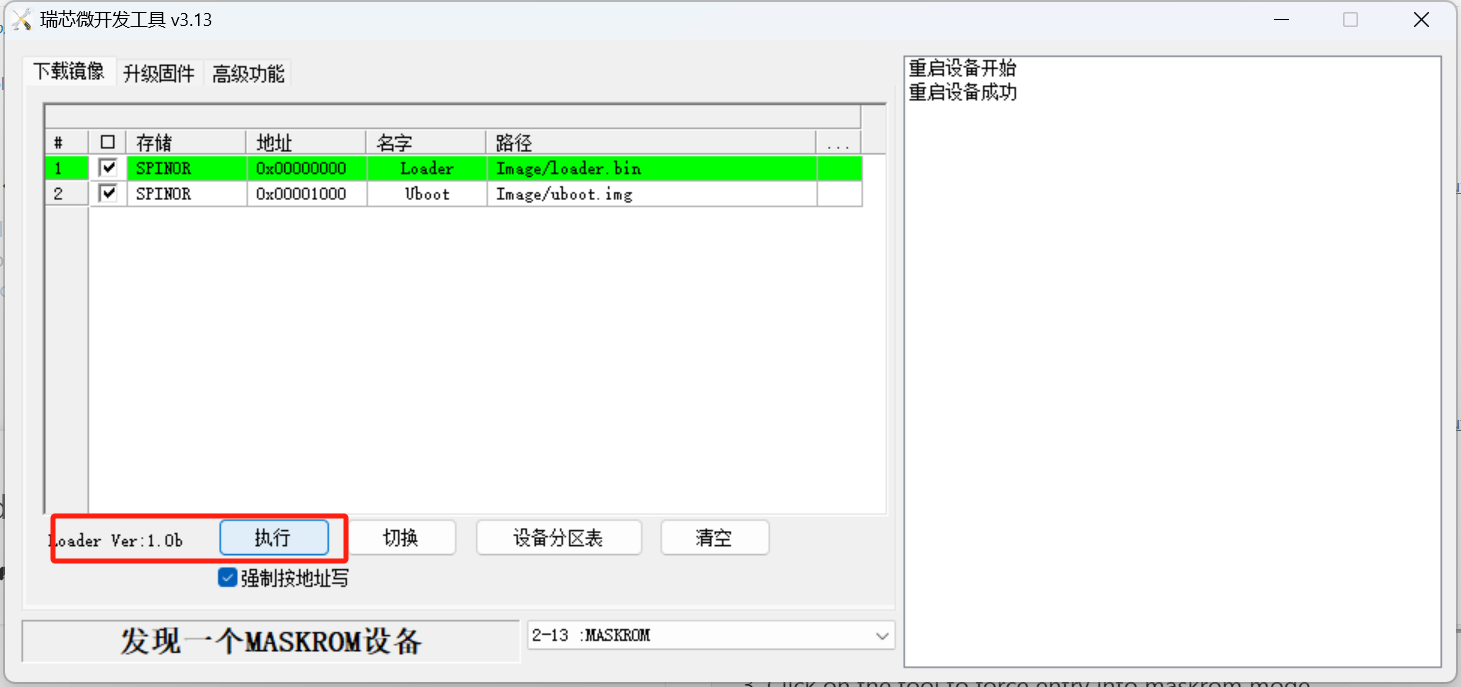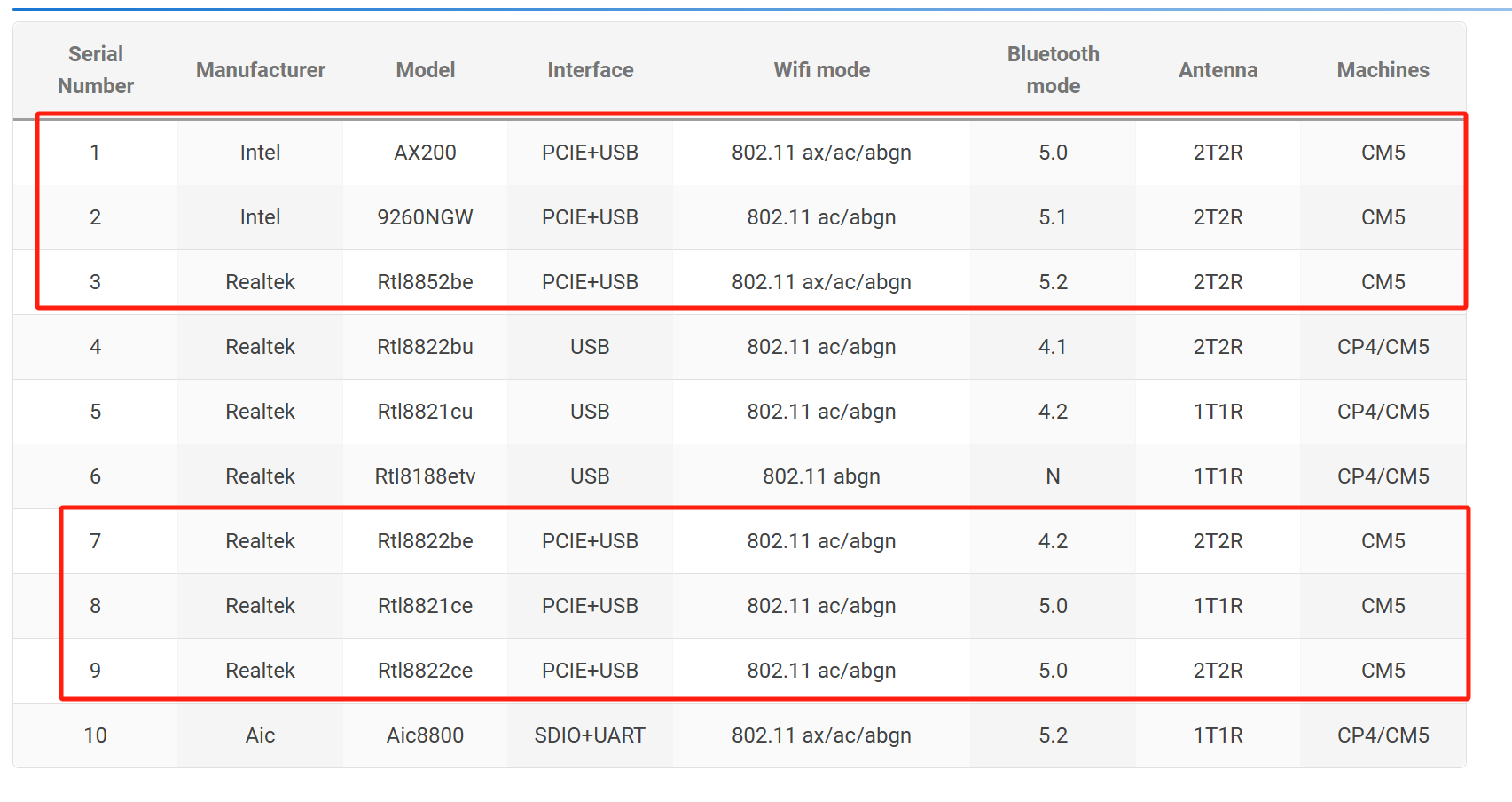@yusuf-tmp
The ES8316 mainline kernel does not require modifying the default headphones to produce sound output. The main difference is the DTS configuration, as shown in the following figure:
@@ -1282,10 +1293,10 @@ es8316: es8316@10 {
#sound-dai-cells = <0>;
compatible = "everest,es8316";
reg = <0x10>;
- clocks = <&cru I2S0_8CH_MCLKOUT>;
+ clocks = <&mclkout_i2s0>;
clock-names = "mclk";
spk-con-gpio = <&gpio1 RK_PA6 GPIO_ACTIVE_HIGH>;
- assigned-clocks = <&cru I2S0_8CH_MCLKOUT>;
+ assigned-clocks = <&mclkout_i2s0>;
assigned-clock-rates = <12288000>;
pinctrl-names = "default";
pinctrl-0 = <&i2s0_mclk>;

